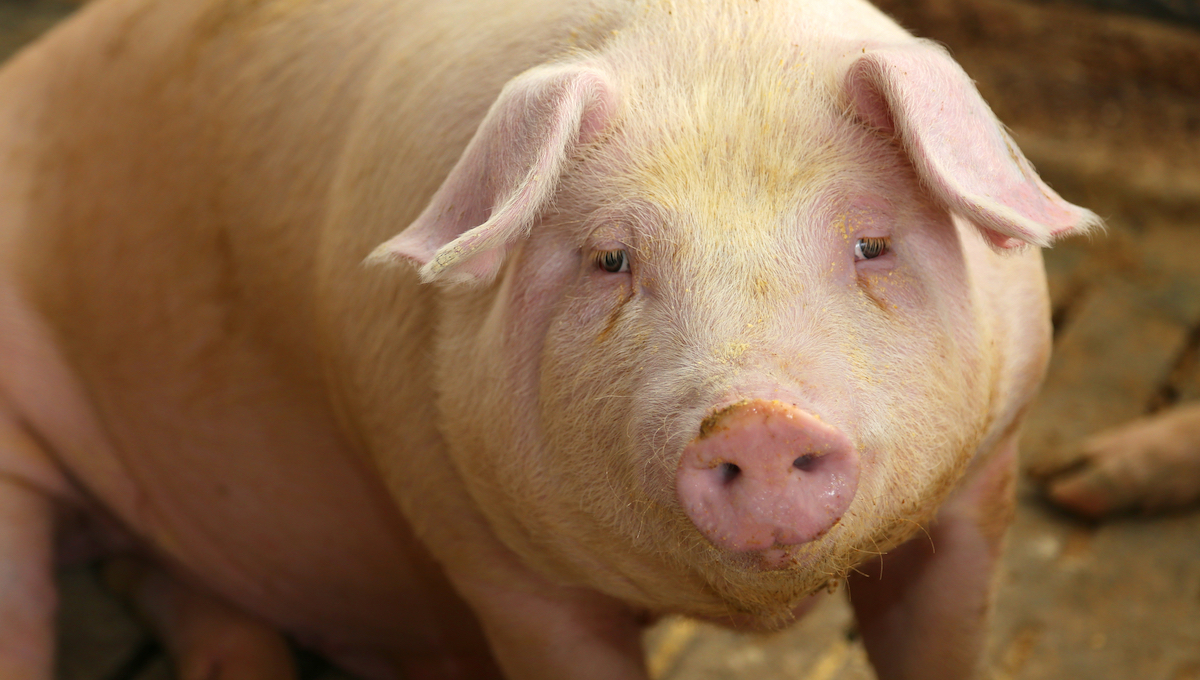Veterinary drug residues in animals and human meals fell in 2020, in keeping with figures printed not too long ago through the Eu Meals Protection Authority (EFSA).
Information for 2020 covers 620,758 samples reported through 27 EU member states, in addition to Iceland and Norway. The proportion of samples that exceeded prison most ranges used to be 0.19 p.c in comparison to 0.3 p.c in 2019. It’s the lowest determine for the previous 11 years when non-compliance ranged from 0.25 to 0.37 p.c.
Samples incorporated bovines, pigs, sheep and goats, equine animals, poultry and aquaculture, in addition to milk, eggs, honey, rabbit meat and recreation.
Maximum assessments had been focused samples however some had been suspect samples or amassed at import. In 2020, there have been 888 or 0.27 p.c of non-compliant effects out of 331,789 focused samples. The collection of strange effects used to be 1,076; which means some samples contained a couple of unlawful effects.
Presence of unauthorized components, residues of veterinary medicinal merchandise or chemical contaminants in meals would possibly pose a possibility to public well being.
The collection of samples examined used to be decrease in 2020 as a result of the UK no longer reporting information to EFSA because it has left the Eu Union and problems as a result of the COVID-19 pandemic, researchers reported.
Deeper research of figures
In 2020, the frequency of non‐compliant effects used to be down for antithyroid brokers, steroids and resorcylic acid lactones. For prohibited components like chloramphenicol and nitrofurans, non‐compliance in 2020 used to be upper than 2019 however decrease in comparison to 2017 and 2018.
For chemical components together with metals, in comparison to 2017 and 2019, the speed of non‐compliance in 2020 used to be decrease however upper than 2018. Decreases had been famous for anthelmintics, organochlorine compounds, organophosphorus compounds, dyes and different components.
For anticoccidials, non‐steroidal anti‐inflammatory medication (NSAIDs), different pharmacologically lively components and mycotoxins the frequency of non‐compliance used to be upper but it surely used to be decrease for different components and environmental contaminants.
Non-compliant samples had been reported for acetamiprid in honey and fipronil in pigs. Those components are used as plant coverage merchandise.
For mycotoxins, non-compliant samples got here from pigs, horses and milk as a result of zearalenone, aflatoxin M1 and ochratoxin A.
A few of malachite inexperienced and leuco-malachite inexperienced had been discovered. Use of those dyes is forbidden in EU meals manufacturing however residues can originate from background focus in fish feed.
For chemical components, copper, cadmium, general mercury and lead had been maximum regularly known.
Of the three,301 honey samples analyzed, 47 had been non-compliant as reported through 10 international locations. From 18,869 milk samples, 41 non-compliances had been recorded through 15 international locations. Of eleven,251 egg samples, 31 had been non-compliant as reported through 10 international locations.
Of the 1,283 samples from farmed recreation, 24 had been non-compliant, as reported through 4 international locations. From 2,257 samples analyzed for wild recreation, 152 had been non-compliant from 12 international locations.
(To enroll in a loose subscription to Meals Protection Information, click on right here.)

